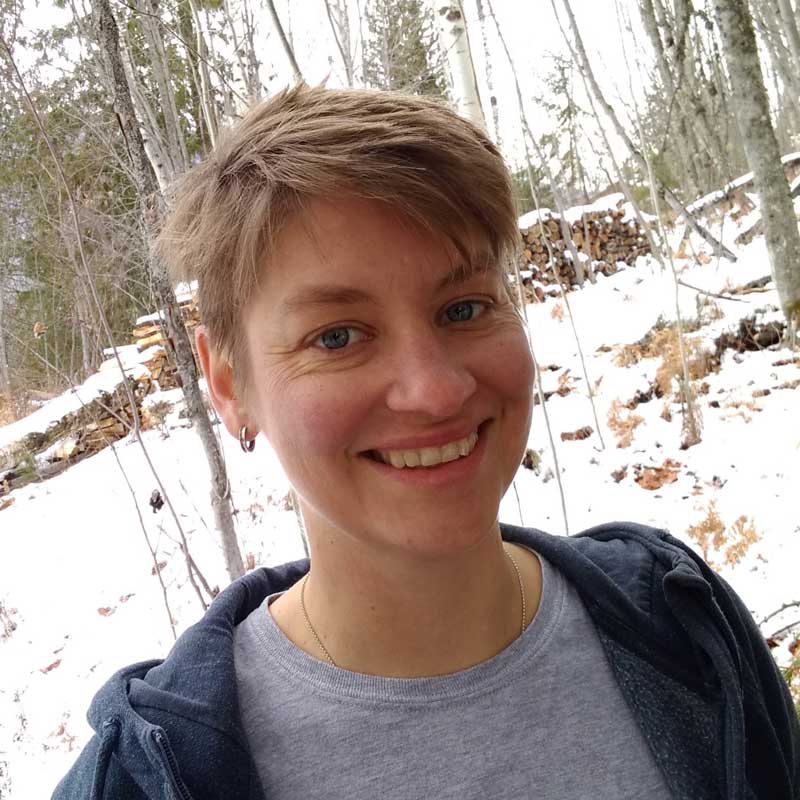Understanding environmental concepts that impact everything from the connection between banana slugs and wildfires to forest policy can be so much more easily accomplished when editorial illustrations are used to aid the comprehension process. We have noted B.C. artist Anneke Rosch, a graphic illustrator for the Mother Tree Network, an extension of UBC Forestry’s Mother Tree Project, here to answer your burning questions!
1. Tell us a bit about your career as a graphic illustrator
I work in the visual display of information, and I enjoy the challenge of trying to condense a really complicated issue into something that’s understandable, accessible, and relatable. I also draw comics, and find that narrative & information together can be an effective combination for this purpose.
2. Tell us what inspired you to work with the Mother Tree initiative which began with the Mother Tree Project at UBC Faculty of Forestry.
In addition to their widely-known discoveries about mycorrhizal connections in the forest, the Mother Tree Project also studies forest carbon, which turns out to be just about the most important thing there is! When I first came across the B.C. Green House Gas Inventory, I was astounded that forest management has higher carbon emissions than any other category. We’re all trying to lower our personal CO2 emissions by doing things like riding our bikes, eating less meat, getting a heat pump…but the impact of all these actions is totally dwarfed by the carbon being pumped out by clearcut logging & wildfires. The biggest action that anyone in B.C. can do to fight climate change is to lobby for changes to forest policy. And we need the policies to be driven by the science.
3. Tell us about how a thriving banana slug population often indicates a healthier, more fire-resistant forest ecosystem
Banana slugs are a bit of a silly indicator, but they only occur in forests that have high moisture content and low risk for wildfires. I got the idea after hearing someone say, “We should log it before it burns,” about Haida Gwaii, whose forests are the least likely to burn but the most desirable to log. But the real story is that our clearcut forest practices have reduced fire resilience all across the province, regardless of whether a particular ecosystem naturally supports banana slugs.
4. How is climate change and our forestry practices compounding to make landscapes less fire-resilient?
The main method of logging in BC is to clearcut, pack in as many conifer seedlings as we can, and spray herbicides to kill “competing” deciduous trees. This is all done in an effort to maximize timber supply, but it’s had the effect of transforming a mosaic of natural fire breaks into a homogenous landscape of highly flammable, young, tightly-spaced conifers. Drought brought on by climate change increases the risk of fire, but the catastrophic size and severity of fires we’re seeing now are caused by clearcut logging. So, the solution is obviously not to clearcut more!
5. How can we educate and connect people about biodiversity, carbon storage, and forest regeneration through art?
Art is always an expression of ideas. The amount of information available to us right now is amazing but it’s also overwhelming, and most people aren’t going to read scientific papers or even long-form journalism. It’s also more compelling to be able to make an emotional connection with information, whether through narrative, imagery, or storytelling.






Thank you for your brilliant graphic info story Anneke. I love banana slugs and hope they carry this message far and wide.